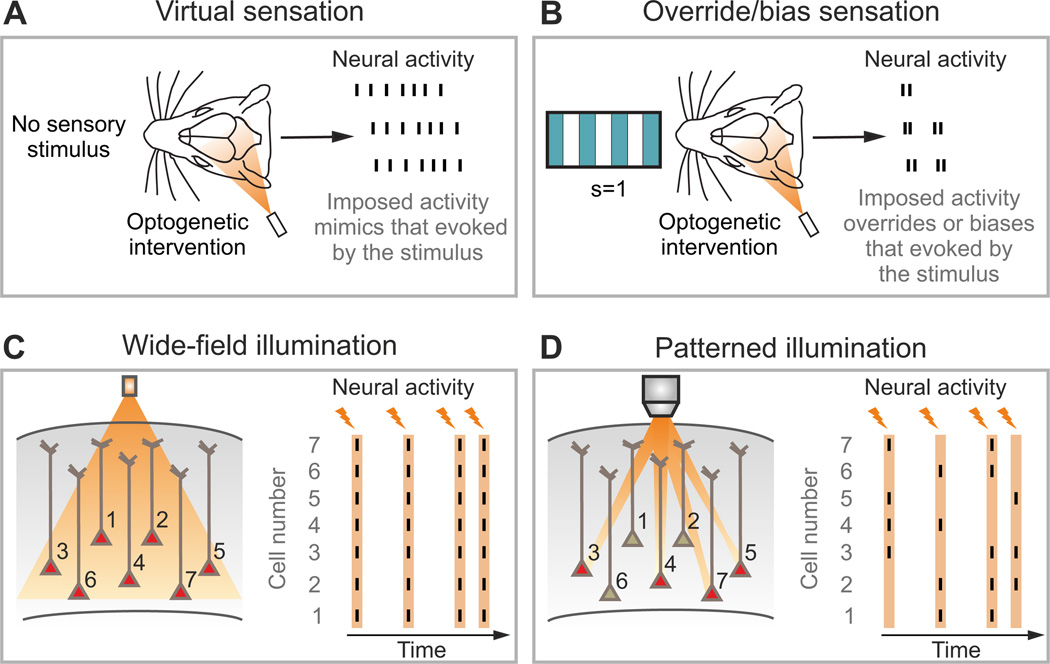Figure 8. Experimental configurations for interventional optogenetic approaches.
A) In a virtual sensation experiment, the animal behavior is tested applying the optogenetic intervention in the absence of the external sensory stimulus. B) Alternatively, optogenetic intervention can be paired with sensory stimulation with the aim to overriding or biasing neural activity evoked by the sensory stimulus. C) In the wide-field configuration for optogenetic manipulation, light is delivered with no spatial specificity within the illuminated area, resulting in the activation (red cells) of most opsin-positive neurons. Stimulation in this regime may lead to over-synchronous neural responses (right panel). The orange lightning bolts in the right panel indicate the time at which successive stimuli are applied. The neurons displayed in panels C–D are meant to represent a population of N neurons expressing the opsins and their number is here limited to 7 for presentation purposes only. D) Patterned illumination permits the delivery of photons precisely in space. When multiple and diverse light patterns are consecutively delivered (orange lightning bolts), optical activation of neural networks with complex spatial and temporal patterns becomes possible (right panel).

